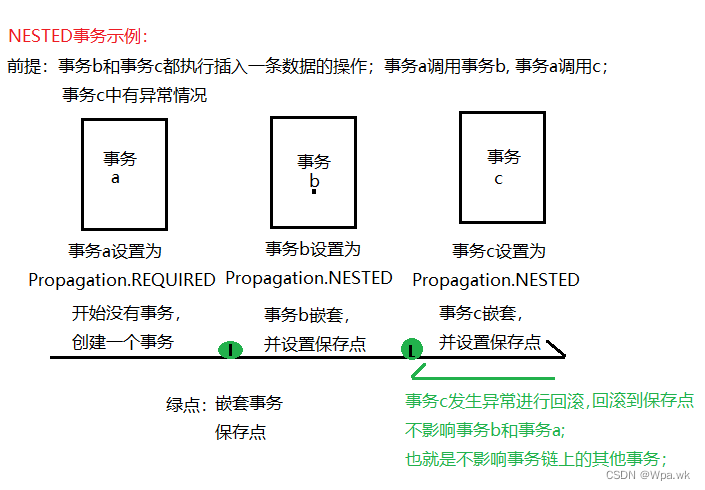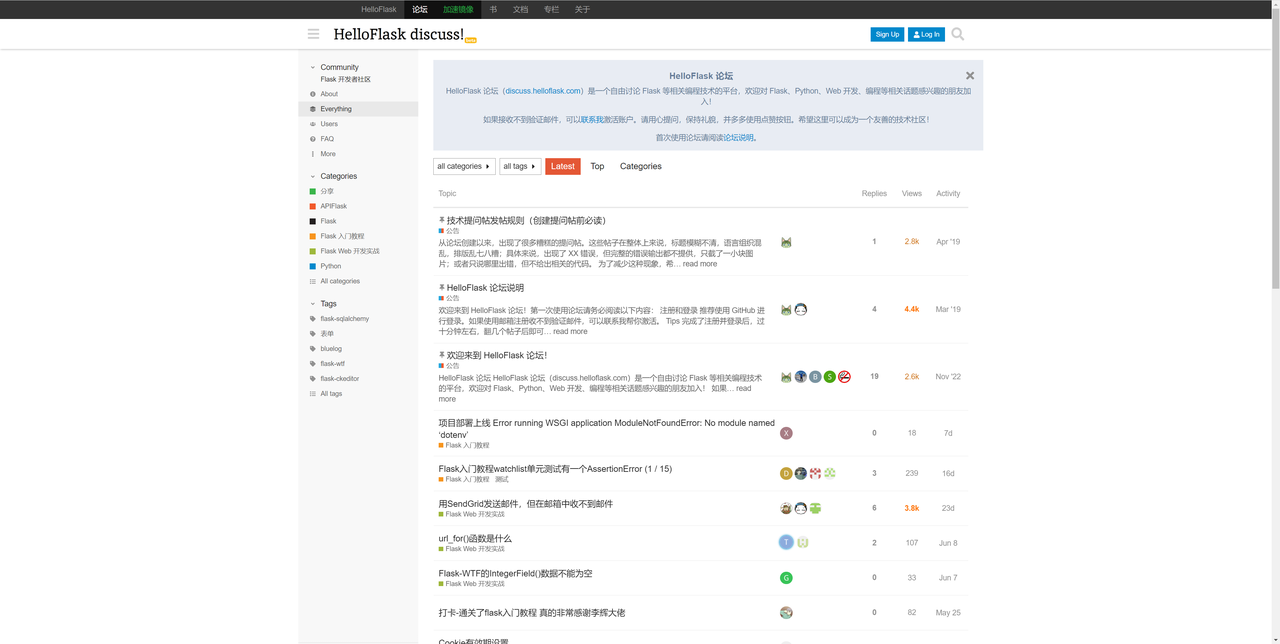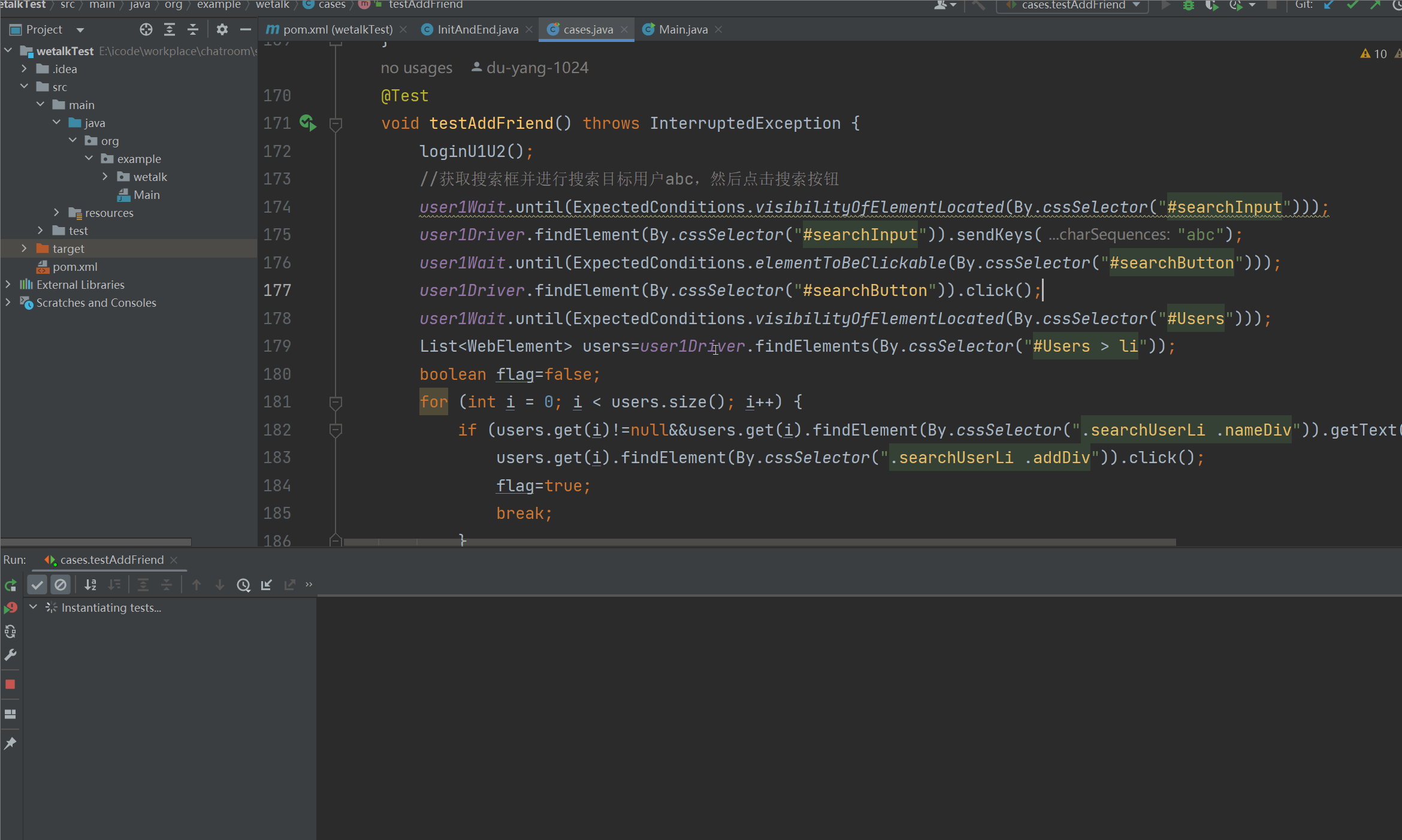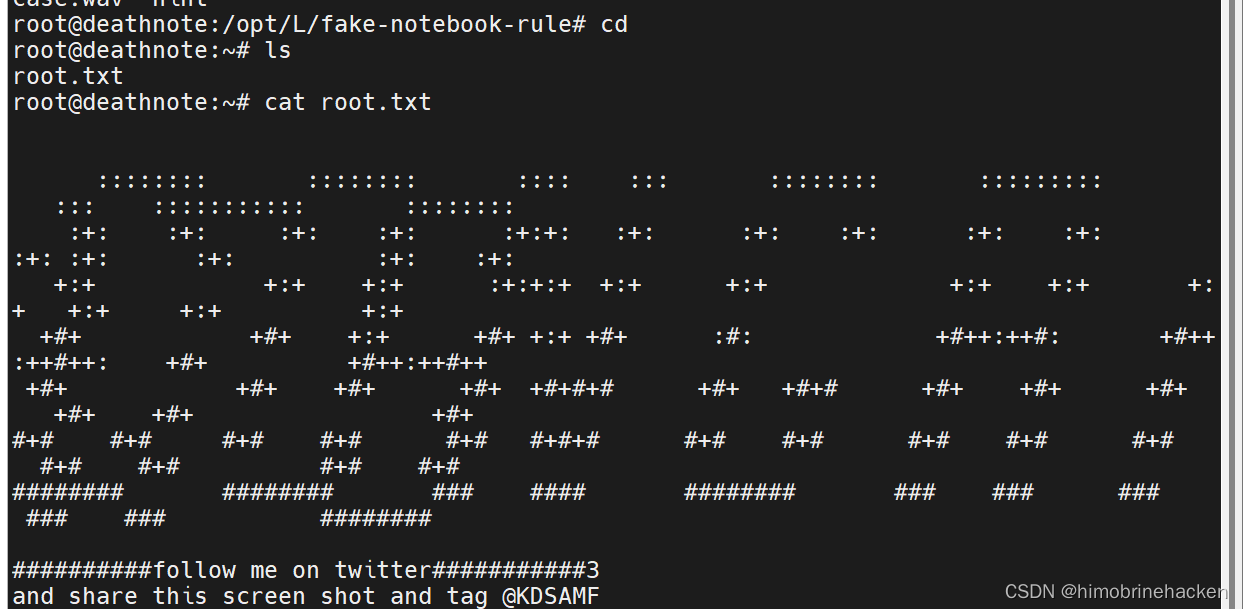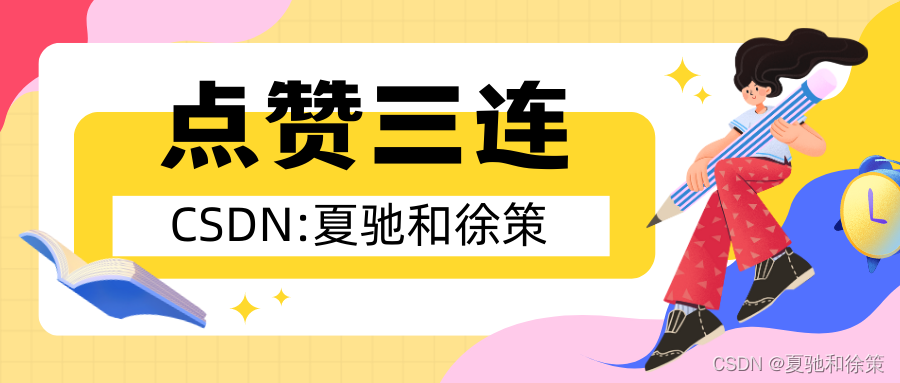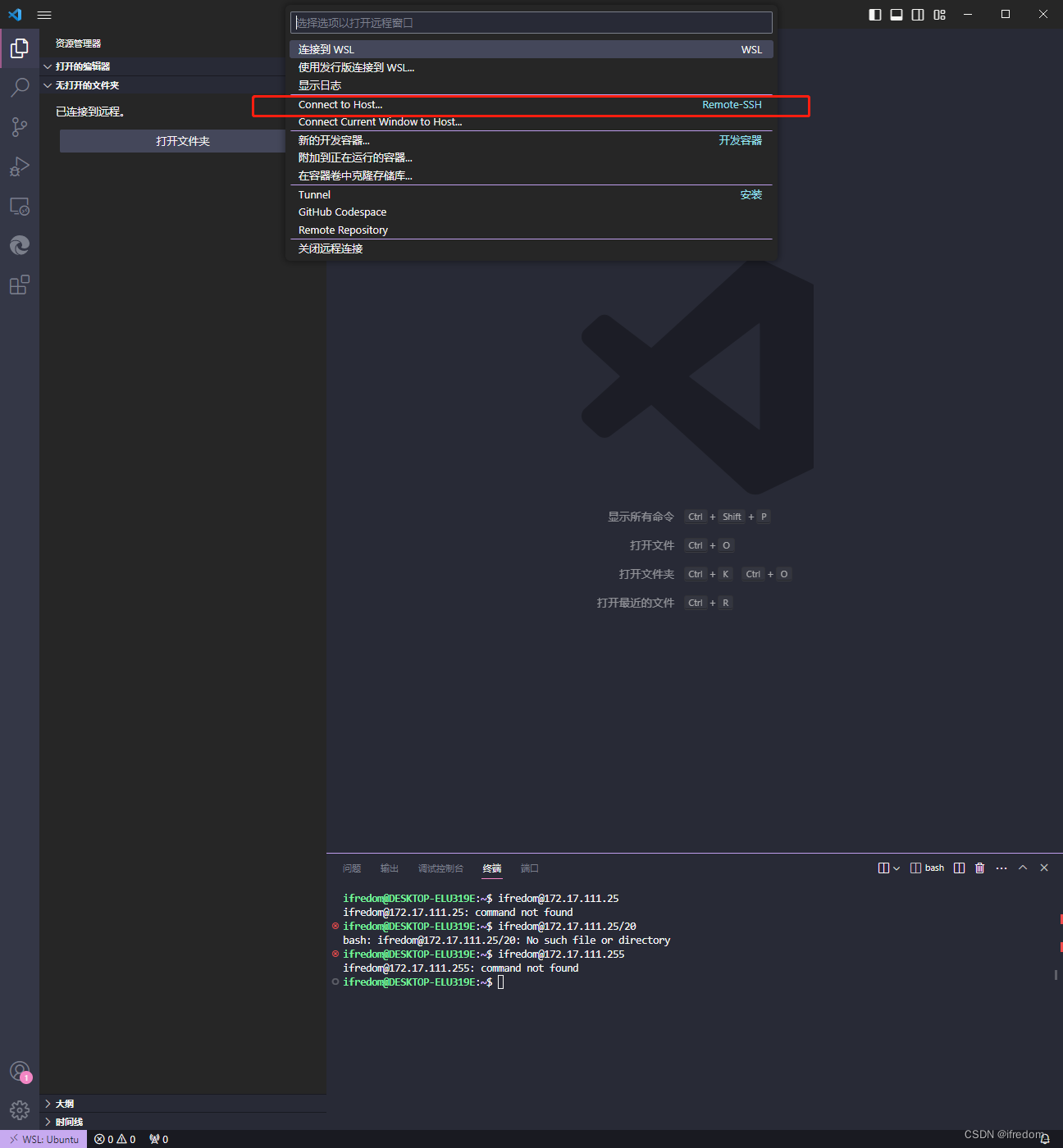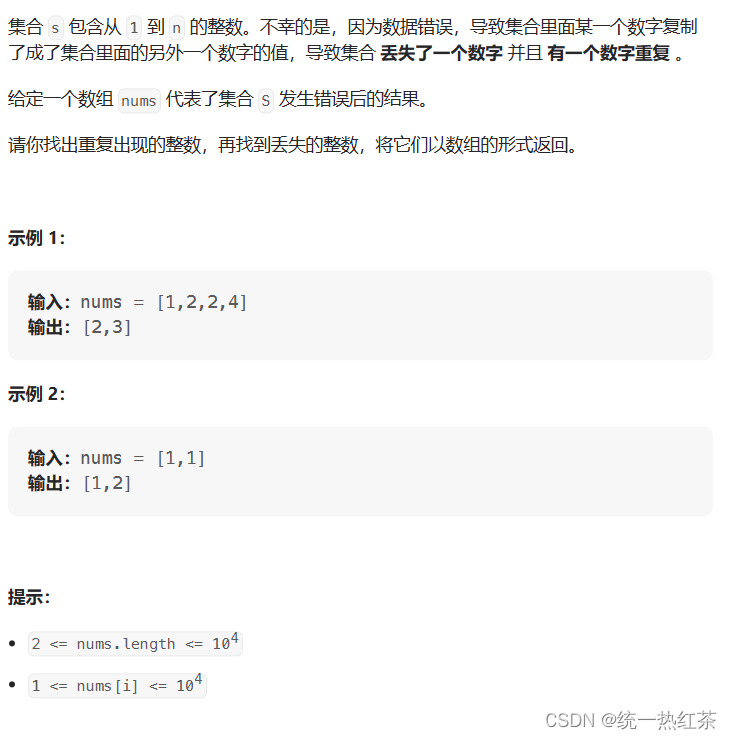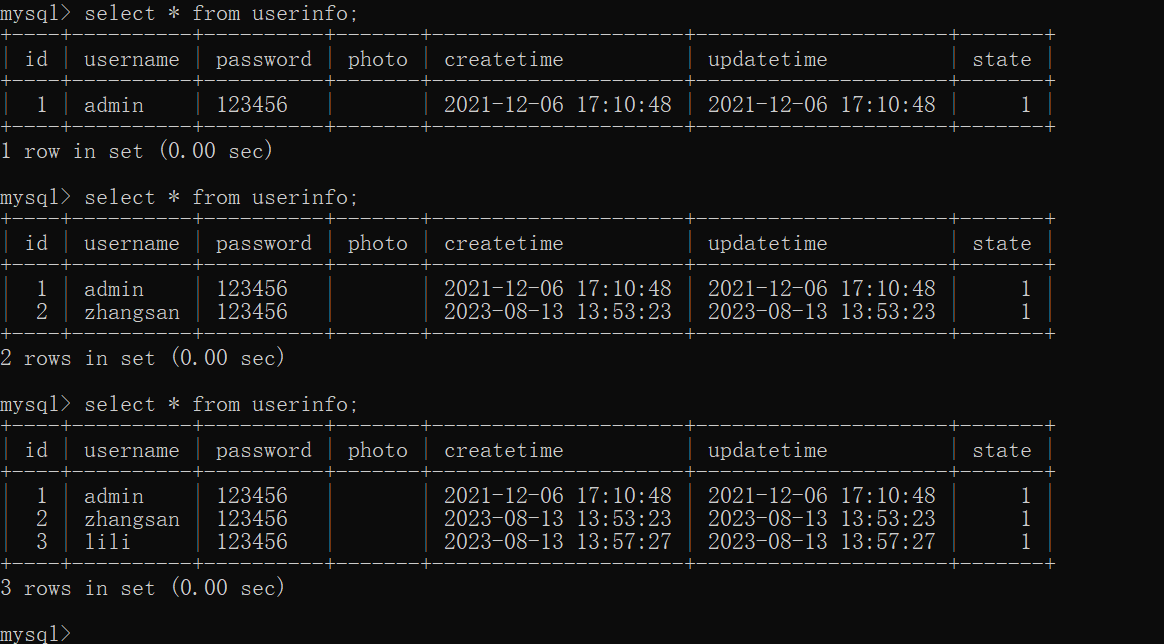一、Resources目录下建立一个目录(比如international)来存储资源文件
message.properties
空的,但不能没有
message_zh_CN.properties
hello=您好
message_en_us.properties
hello=hello world
二、自动配置类MessageSourceAutoConfiguration

常量MESSAGE_SOURCE_BEAN_NAME为messageSource,也就是有这个名字的bean,则自动配置失效。
因为有@Conditional(ResourceBundleCondition)注解,
还要满足ResourceBundleCondition这个类的match方法返回true,自动配置才会生效
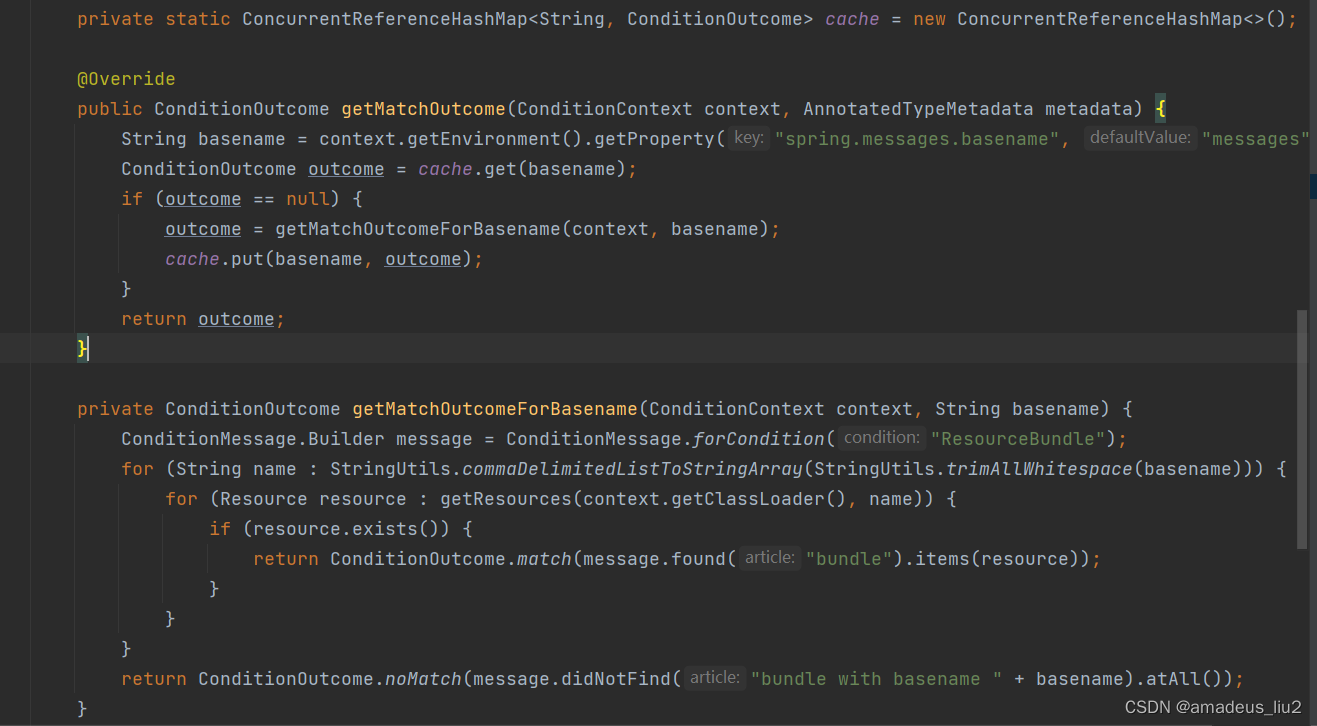
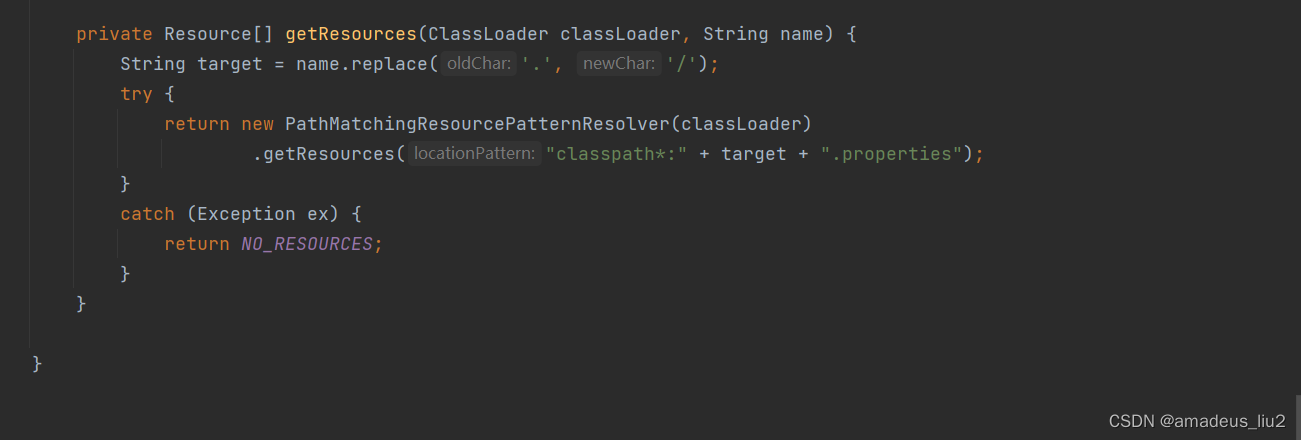
默认加载的资源文件为resources目录下的messages.properties,有这个文件match返回true,否则返回false.
还可以在application.properties中配置spring.messages.basename来指定国际化资源文件的位置,如
spring.messages.basename=international.message
条件满足后,MessageSourceAutoConfiguration自动配置一个Message Source bean
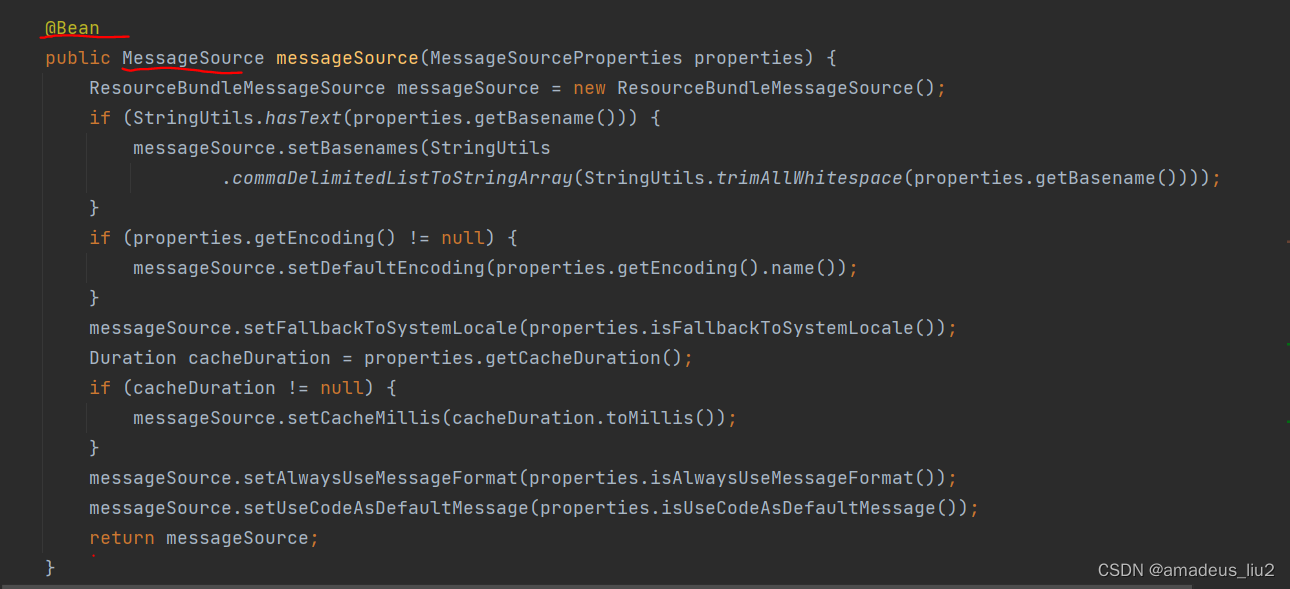
三、有了Message Resource,我们还需要LocaleResolver来对Message Resource进行解析
WebMvcAutoConfiguration中配置了一个LocalResolver bean

当没有配置LOCAL_RESOLVER_BEAN_NAME(常量值为localeResolver)这个bean时,自动配置的这个LocaleResolver生效
四、controller中返回国家化信息
package cn.edu.tju.controller;import org.springframework.beans.factory.annotation.Autowired;
import org.springframework.context.MessageSource;
import org.springframework.context.i18n.LocaleContextHolder;
import org.springframework.web.bind.annotation.RequestMapping;
import org.springframework.web.bind.annotation.RestController;import java.util.Locale;@RestController
public class InternationalController {@Autowiredprivate MessageSource messageSource;@RequestMapping(value = "/int", produces = "txt/html;charset=utf-8")public String getInt(){return messageSource.getMessage("hello", null, Locale.SIMPLIFIED_CHINESE);}@RequestMapping("/int2")public String getInt2(){return messageSource.getMessage("hello", null, Locale.US);}@RequestMapping("/int3")public String getInt3(){return messageSource.getMessage("hello", null, LocaleContextHolder.getLocale());}
}国际化时,@RequestMapping注解要加produces来设置编码来防止乱码。
####################################################
可以自定义LocaleResolver来覆盖WebMvcAutoConfiguration中自动装配的LocaleResolver
首先自定义WebMvcConfigurer来添加LocaleChangeInterceptor拦截器
package cn.edu.tju.config;import org.springframework.stereotype.Component;
import org.springframework.web.servlet.View;
import org.springframework.web.servlet.ViewResolver;
import org.springframework.web.servlet.config.annotation.*;
import org.springframework.web.servlet.i18n.LocaleChangeInterceptor;
import org.springframework.web.servlet.view.InternalResourceViewResolver;import java.util.Locale;@Component
public class MyWebMvcConfigurer implements WebMvcConfigurer {@Overridepublic void addInterceptors(InterceptorRegistry registry) {System.out.println("YES!!!!!!!!!!!!!!!!!");//添加拦截器registry.addInterceptor(new MyInterceptor())//.addPathPatterns("/api").excludePathPatterns("/test");registry.addInterceptor(new LocaleChangeInterceptor()).addPathPatterns("/**");}}其次,配置一个CookieLocaleChangeResolver
package cn.edu.tju.config;import org.springframework.context.annotation.Bean;
import org.springframework.context.annotation.Configuration;
import org.springframework.web.servlet.i18n.CookieLocaleResolver;
import org.springframework.web.servlet.i18n.SessionLocaleResolver;@Configuration
public class CookieResolverConfig {@Bean(name="localeResolver")public CookieLocaleResolver getResolver(){CookieLocaleResolver cookieLocaleResolver = new CookieLocaleResolver();cookieLocaleResolver.setCookieMaxAge(60*60*1000);cookieLocaleResolver.setCookieName("myLocale");return cookieLocaleResolver;}}请求中的locale这个参数会被LocaleChangeInterceptor拦截,

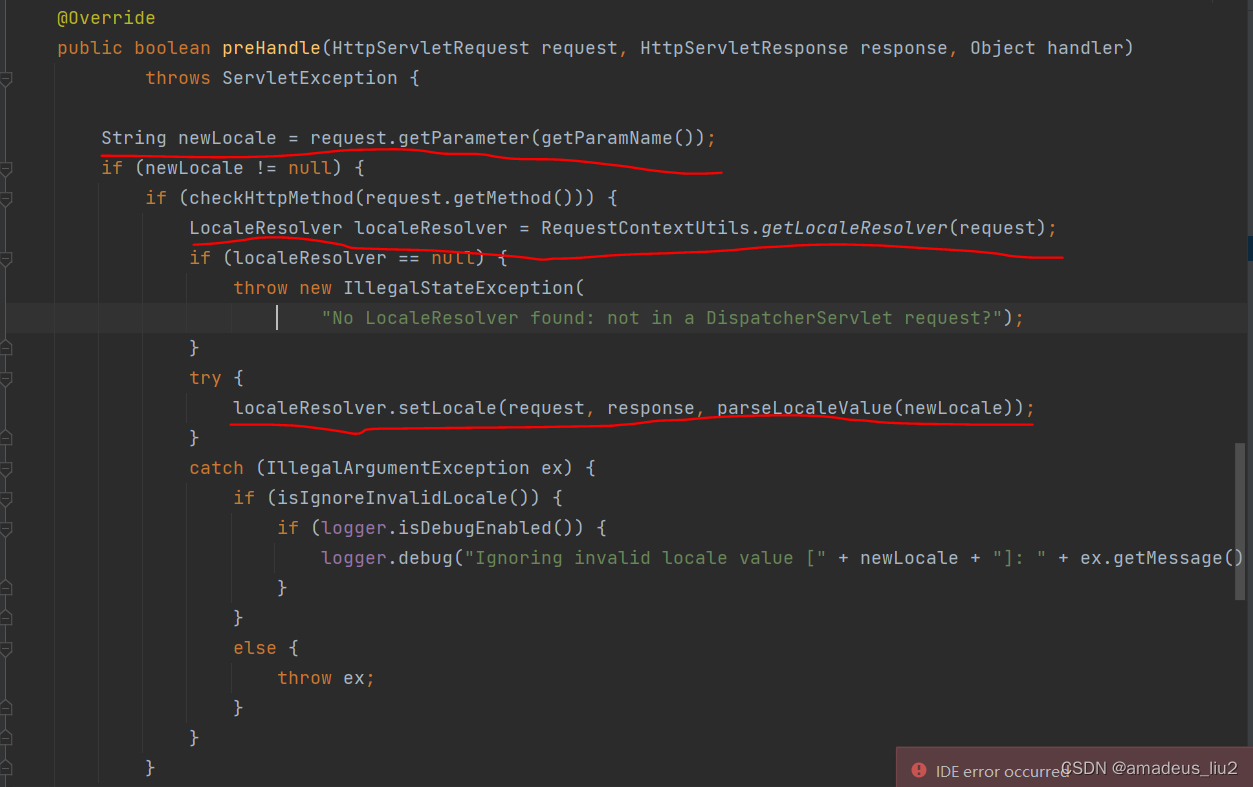
它最终会把请求参数对应的Locale设置到我们所配置的CookieLocaleResolver,这样同样也为国际化做好了准备


